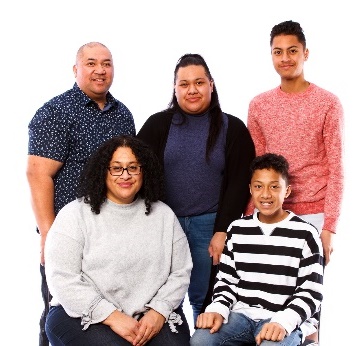What is a conflict of interest?
|
|
A conflict of interest is when someone makes a decision so they get a better result. This means that the decision could be unfair. |
||
|
|
We don’t want there to be any conflicts of interest with any Quality Assurance Panel members. |
||
|
|
A Quality Assurance Panel is a group of people who check behaviour support plans. They decide if a restrictive practice can happen. They follow the rules in our policy about restrictive practices. |
||
|
|
A behaviour support plan is a document that explains what support a person with disability needs. It can include restrictive practices. |
||
|
|
We don’t want there to be any conflicts of interest with external behaviour support practitioners. |
||
|
|
External behaviour support practitioners are people that:
In this bulletin, we just call them external practitioners. |
||
|
|
All Quality Assurance Panel members should only make fair decisions about if a restrictive practice is okay. |
||
What types of conflicts of interest are there?
There are 3 types of conflicts of interest: |
|
|
|
1. When someone makes a decision so the result is better for them. For example, if an external practitioner is:
and
|
|
|
2. When someone might make a decision so the result is better for them. For example, if a provider asks somebody who used to work for them to be a part of a Quality Assurance Panel. |
|
|
3. When it seems like someone is making a decision so the result is better for them. For example, if a provider keeps asking the same practitioner to sit on Quality Assurance Panels. |
Do you have a conflict of interest?
|
|
If you answer ‘Yes’ to any of these questions, you might have a conflict of interest. |
Questions for external practitioners
|
|
Have you ever worked for the provider who is running a Quality Assurance Panel? |
|
|
Have you ever worked with the person who wrote the behaviour support plan that you’re looking at? Were you ever in charge of that person? |
|
|
Do you already know the person with disability who the behaviour support plan is for? |
Questions for providers
|
|
Have you ever asked an external practitioner to be on a Quality Assurance Panel because you:
|
|
|
Have you avoided asking people to come to a Quality Assurance Panel because you wanted it to finish quickly? |
For example: |
|
|
|
|
|
|
|
|
|
|
|
|
Have you ever asked an external practitioner, who is also an employee with your organisation, to be on a Quality Assurance Panel? |
What can you do if you think there is a conflict of interest?
|
|
If you think there might be a conflict of interest, you must tell the panel members before the Quality Assurance Panel meeting. |
|
|
You also have to explain how it won’t affect your decision. If it does affect your decision, you won’t be able to be part of the Quality Assurance Panel anymore. |
There are things you can do if: |
|
|
|
|
and |
|
|
|
|
|
|
You can contact the provider and tell them about the conflict of interest. |
|
|
You can also email us if you think they haven’t solved the problem. |

























